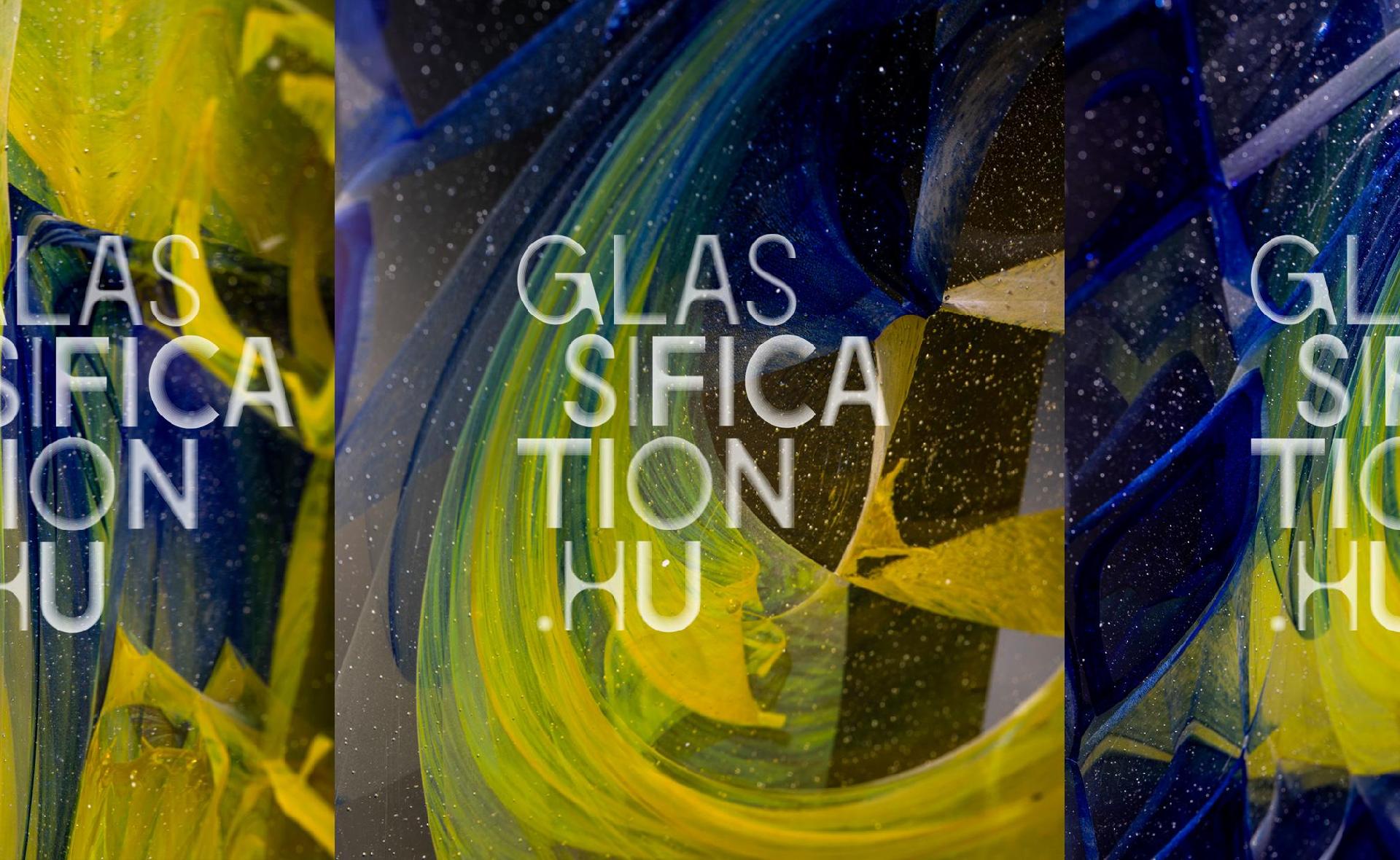10 Treurenberg, 1000 Brussels

Exclusive guided tour by Péter Borkovics on 23 August 2024 at 7PM.
Péter Borkovics studied Glass and Porcelain Design at the Hungarian University of Applied Arts (now known as MOME). His objects are both dynamic and static, thanks to the combined use of glassblowing and electric furnace melting, which is unique in the industry. He came up with his special glassmaking technique in 1989, but it took time until technological improvements and experience made it feasible. He places his polished glass compositions in the oven, so that when they reach a certain temperature, their surface can be manipulated with special tools. The final pieces are like snapshots. He sets up the conditions for the creation in the furnace, leaving the rest to coincidence. Borkovics received the Lajos Kozma Applied Arts Scholarship (1998), the Noémi Ferenczy Award (2004), and an Honorable Mention at The International Exhibition of Glass in Kanazawa, among others. Since 2019, he has been the head of the Glass course at MOME.
Hungary has so far not exploited the potential inherent in Hungarian glass art in the construction and communication of its cultural image, neither has it made it part of its cultural identity, even though contemporary Hungarian glass is currently at the forefront in the world, thus we have something to be proud of and something to talk about from both a historical and contemporary perspective. This gap is being filled by the international touring exhibition organised by the Ministry of Foreign Affairs and Trade of Hungary, to be presented at about fifteen venues over the course of two years.
The exhibition material includes masterpieces, museum-level artefacts and glass sculptures expected to create a ‘wow’ factor for visitors and professionals alike, while representing a world-class standard both in terms of their aesthetic values and technological qualities thanks to the application of unique, new craft manufacturing techniques, of which Hungarian masters are often the only representatives in the world.
Four generations of glass artists appear in the list of ten exhibitors. Each artist is featured in the exhibition by two objects, both made specifically for this show. The list of exhibitors has been compiled to illustrate the technological diversity typical of contemporary Hungarian glass, while comprising sculptures characterised by a high level of abstraction rather than figurative compositions. The high artistic quality of the works is guaranteed by the fact that their makers, some of them young artists, are recipients of more than thirty significant domestic and international awards, and more than fifty of their works can be found in the most prominent public collections in Hungary, Europe and overseas.
The exhibition’s title borrows a rarely used English noun, glassification, i.e. transformation into glass. In addition to aptly covering the topic semantically, the word is also a reference to the term gamification, while also being rhythmic and catchy in its sound. The suffix .hu refers to the digital age and creates a strong link to Hungary.
Performance during the opening by Ágnes Klára Máthé
Ágnes Klára Máthé obtained her bachelor and master degrees in electroacoustic music media art at the Department of Composition of the Liszt Ferenc Academy of Music. During her studies, she participated in several international projects, including collaborations with the UDK (Universität der Künste) in Berlin, the MDW (Universität für Musik und darstellende Kunst Wien) in Vienna and the Ignacy Jan Paderewski Academy of Music in Poznań. She contributed to several concerts, including performances at the Sound Dome of the House of Music Hungary and the Budapest Music Center. She composed music for documentary films, dance performances, exhibitions, and in 2023 she won the competition for the accompanying music for the Glassification traveling exhibition. Recently, she started exploring different improvisational methods more in depth, which also manifest in her creative processes. A central element of her work is space as a compositional tool.
Exhibitors:
Endre Gaál
László Lukácsi
Marta Edöcs
Anita Darabos
Péter Borkovics
Kyra László
Kristóf Bihari
Balázs Sipos
Eszter Bősze
Amala Gyöngyvér Varga
Organiser
Ministry of Foreign Affairs and Trade of Hungary / Kinga Pallos
Curator and project leader
Rita Mária Halasi
Professional cooperating partner
Society of Hungarian Glass Artists
Professional consultant
Eleonóra Balogh
Professional sponsor
Rákosy Glass
Museum partner
Museum of Applied Arts, Budapest
Exhibition design
de_form, Tamás Boldizsár
Video
Attila Varga Koritár
Photography
Viktória Győrfi
Sound
Ágnes Klára Máthé
Cultural partner
House of Music, Hungary
